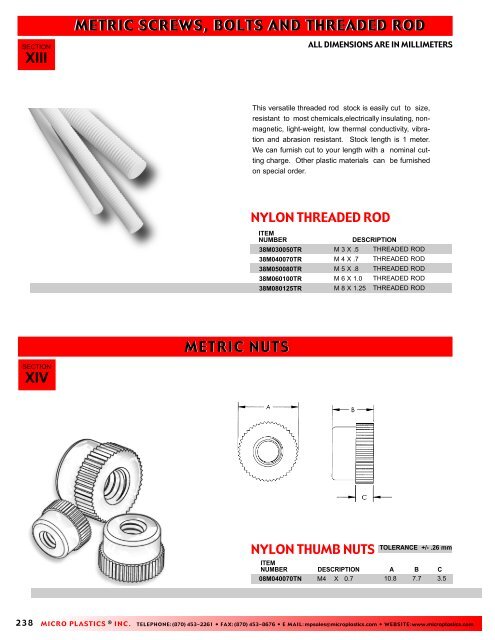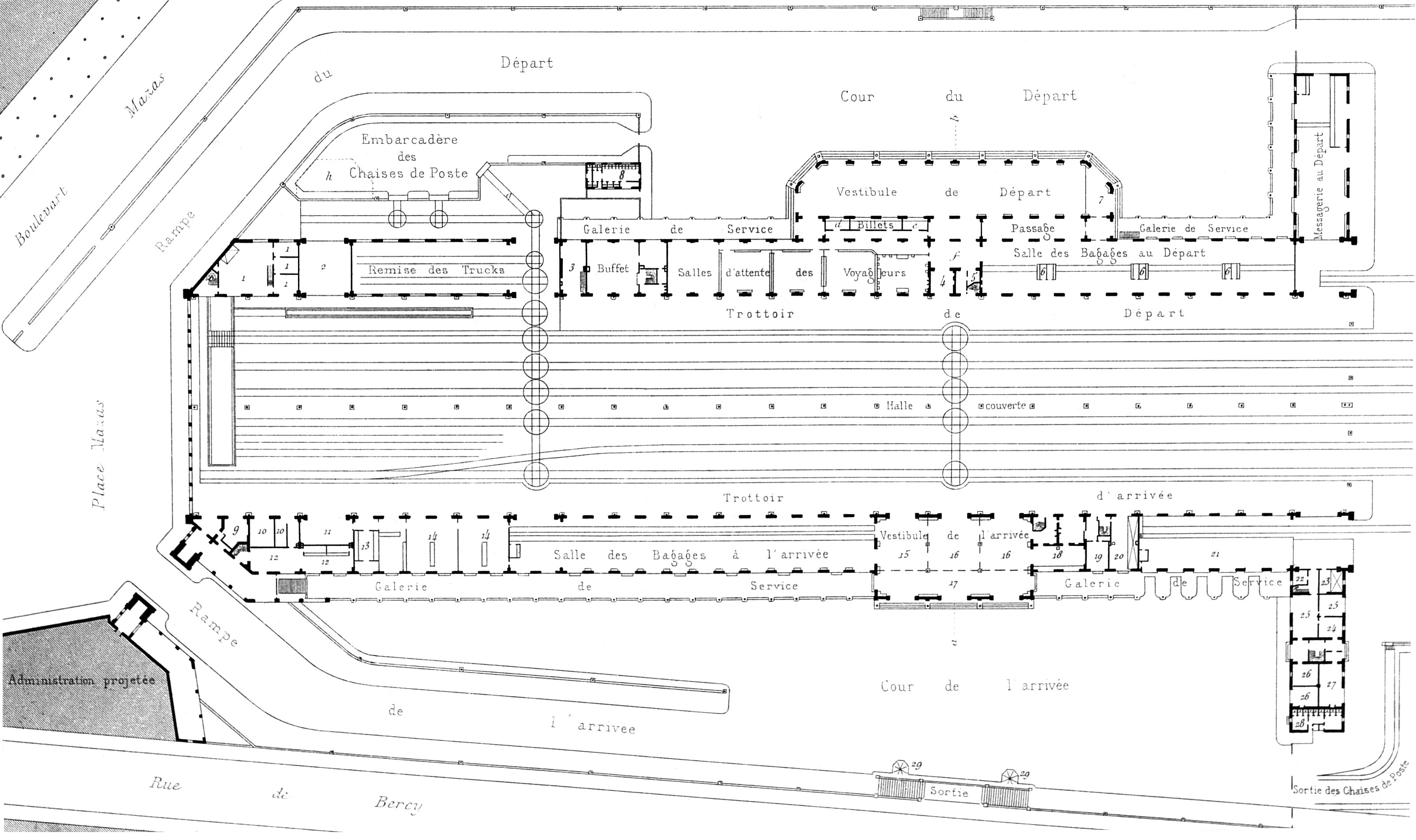

Therefore there has been added the possibility to extract data in batches. Combine 2 of the same stones to remove them from the board. The Google Analytics API has a natural limit of 10,000 observations pr. Mahjong Dimensions: Play a 3D Mahjong game (Mahjongg Dimensions). The dates defaults to the current day, meaning that if you don't input these, only data from today will be extracted. (Note that the argument to metrics is a comma-delimited character-string, not a vector of character-strings, so one specifies arguments like "ga:pageviews,ga:sessions,ga:visitors".) The syntax for dimensions/filters/segments follows the one dictated by Google - please refer to the Google Analytics API documentation such as "Dimensions & Metrics Reference" for further information. the ID for a URL like would be 37491797.) Ids refers to one's site-specific Analytics "profile ID" if one doesn't know it, this can be typically found in URLs in the GA interface as the number following a "p" in the URL (eg. Metadata API: access the list of API dimensions and metrics and their attributes Auto-pagination to return more than 10,000 rows of the results by combining multiple data requests Split the query by date ranges to avoid a sampling data Shiny app to explore all the dimensions and metrics available through the Core Reporting API. This will output the data in a data frame, with all the correct formats applied. Special note: Practice this with inert shells or snap caps.Metrics = "ga:visits", dimensions = "ga:date", Learn to do this smoothly without thinking. The sources have to be compiled before you can use them.
#R ga$getdata dimensions code
Source Code for all Platforms Windows and Mac users most likely want to download the precompiled binaries listed in the upper box, not the source code. This wastes a shell from your magazine tube. R is part of many Linux distributions, you should check with your Linux package management system in addition to the link above. It is also possible to use a general search site like Google, by qualifying the search with R or the name of an R package (or both). LED indicators Power ON/OFF, filament ON/OFF, degas ON/OFF, electron multiplier ON/OFF, RS-232 Busy, Error, Overpressure, Burnt Filament Warm-up time Mass stability 0.1 amu after 30 min. There are internet search sites that are specialized for R searches, including (which is the site used by RSiteSearch) and. If you drive the forend all the way back and do not re set the interrupter a second shell will be on the lifter and you will need to dump it out the ejection port before you drop in your “new” load type. Easily separated from the probe for bakeout. This method also works on Remington 870 shotguns and their variants that utilize staggered interrupters. Keep all the shell capacity in the magazine tube that you can. Shell quantity is very limited in a shotgun. Very useful in a tactical situation to change from buckshot to a slug load.

Thickness is expressed in inches except for the mm. For 18 ga CRS the weight is 2.0 pounds per square foot and for 20 ga CRS the weight is 1.5 pounds per square foot. Examples: 16 ga CRS is 2.5 pounds per square foot. Useful skill when hunting to change load types for different game. Thus, a 10 gauge steel sheet which has a thickness of 0.1345 inches will weigh 41.820.1345 5.625 pounds per square foot. Learn to do this quickly and efficiently.

The gauge system has long history in metal fabrication. Because of the varying thicknesses, a gauge chart should be used to ensure the metal meets the required dimensions.
#R ga$getdata dimensions how to
How to get one shell load type out of the chamber and quickly get another shell load type in the chamber with out wasting any precious shell capacity from the magazine tube. For example, in one gauge system, 18 gauge steel measures 0.0478 inches thick, but 18 gauge aluminum is 0.0403 inches thick. H&R 1871 Pardner Pump – Chambered Shell Changeout


 0 kommentar(er)
0 kommentar(er)
